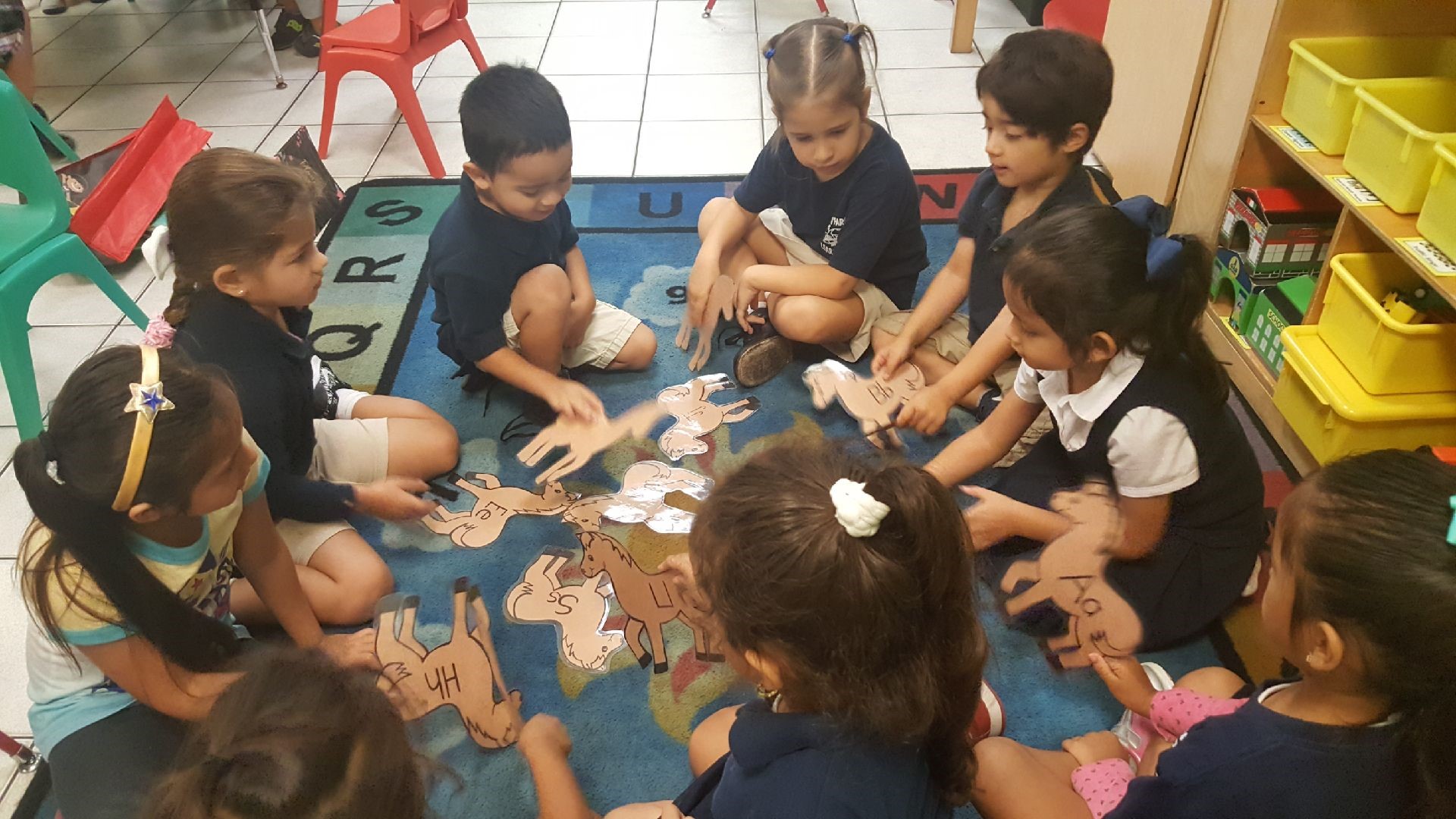Head Start

In January of 1964, President Lyndon B. Johnson declared The War on Poverty in his State of the Union speech. Shortly thereafter, Sargent Shriver took the lead in assembling a panel of experts to develop a comprehensive child development program that would help communities meet the needs of disadvantaged preschool children. Among these experts were Dr. Robert Cooke, a pediatrician at John Hopkins University, and Dr. Edward Zigler, a professor of psychology and director of the Child Study Center at Yale University.
Part of the government’s thinking on poverty was influenced by new research on the effects of poverty, as well as on the impacts of education. This research indicated an obligation to help disadvantaged groups, compensating for inequality in social or economic conditions. The Head Start program was designed to help break the cycle of poverty, providing preschool children of low-income families with a comprehensive program to meet their emotional, social, health, nutritional and psychological needs. A key tenet of the program established that it be culturally responsive to the communities served, and that the communities have an investment in its success through the contribution of volunteer hours and other donations as nonfederal share.
Head Start programs prepare America’s most vulnerable young children to succeed in school and in life beyond school. To achieve this, Head Start programs deliver free services to children and families in core areas of early learning, health, and family well-being while engaging parents as partners every step of the way.
Eligibility is generally based on family income at or below the poverty level according to the Poverty Guidelines published by the federal government. Children in foster care, homeless children, and children from families receiving public assistance (TANF or SSI) are eligible regardless of income.
Head Start encompasses Head Start preschool programs, which primarily serve 3- and 4-year-old children. Head Start services are delivered nationwide through 1,600 agencies which tailor the federal program to the local needs of families in their service area.
Head Start programs promote school readiness of children ages three to five from low-income families by supporting the development of the whole child.
Head Start programs offer a variety of service models, depending on the needs of the local community. Many Head Start programs are based in centers and schools. Other programs are located in child care centers and family child care homes. Some programs offer home-based services that assign dedicated staff who conduct weekly visits to children in their own home and work with the parent.
What are the components of a Head Start program?
Head Start takes a comprehensive approach to meeting the needs of young children. There are four major components to Head Start:
- Education: Providing a variety of learning experiences to help children grow intellectually, socially, and emotionally. Our agency uses the High Scope Curriculum to provide these learning experiences.
- Health: Providing health services such as physicals, immunizations, dental, and medical follow-ups. Also, nutritional services, mental health services, and early identification of any health and/or potential disability concerns through the IEP process (if applicable).
- Parent Involvement:Involving parents in the planning and implementation of activities. Parents serve on parent and policy committees that make administrative decisions; participate in classes and workshops on child development through a parenting curriculum; and volunteer in the program.
- Social Services: Provide outreach to families to determine what services they need and providing them with referrals to acquire those services.
Head Start programs also mobilize the local community to provide the resources and environment necessary to ensure a comprehensive, integrated array of services and support for children and families.
Volunteering is essential to all Head Start programs throughout the United States. Eighty percent (80%) of the program cost is federally funded. Twenty percent (20%) of program cost is required by the federal government to be locally funded through in-kind donations of goods/services and volunteer services donated to the program. The success of the program depends upon active participation of parents and others in the community. Their knowledge, time and talent can all contribute to this effort. By volunteering, one will become acquainted with the local Head Start program, see its strengths and goals, and help staff make it a fun learning experience for all. There are many ways that volunteers can contribute to the program. Each volunteer comes to the program with different experiences, skills, and talents. Each has a unique contribution to make.
Definition of a Volunteer: Head Start defines a Volunteer as “an unpaid person who is trained to assist in implementing ongoing program activities on a regular basis under the supervision of a staff person in areas such as health, education, nutrition, and management.


